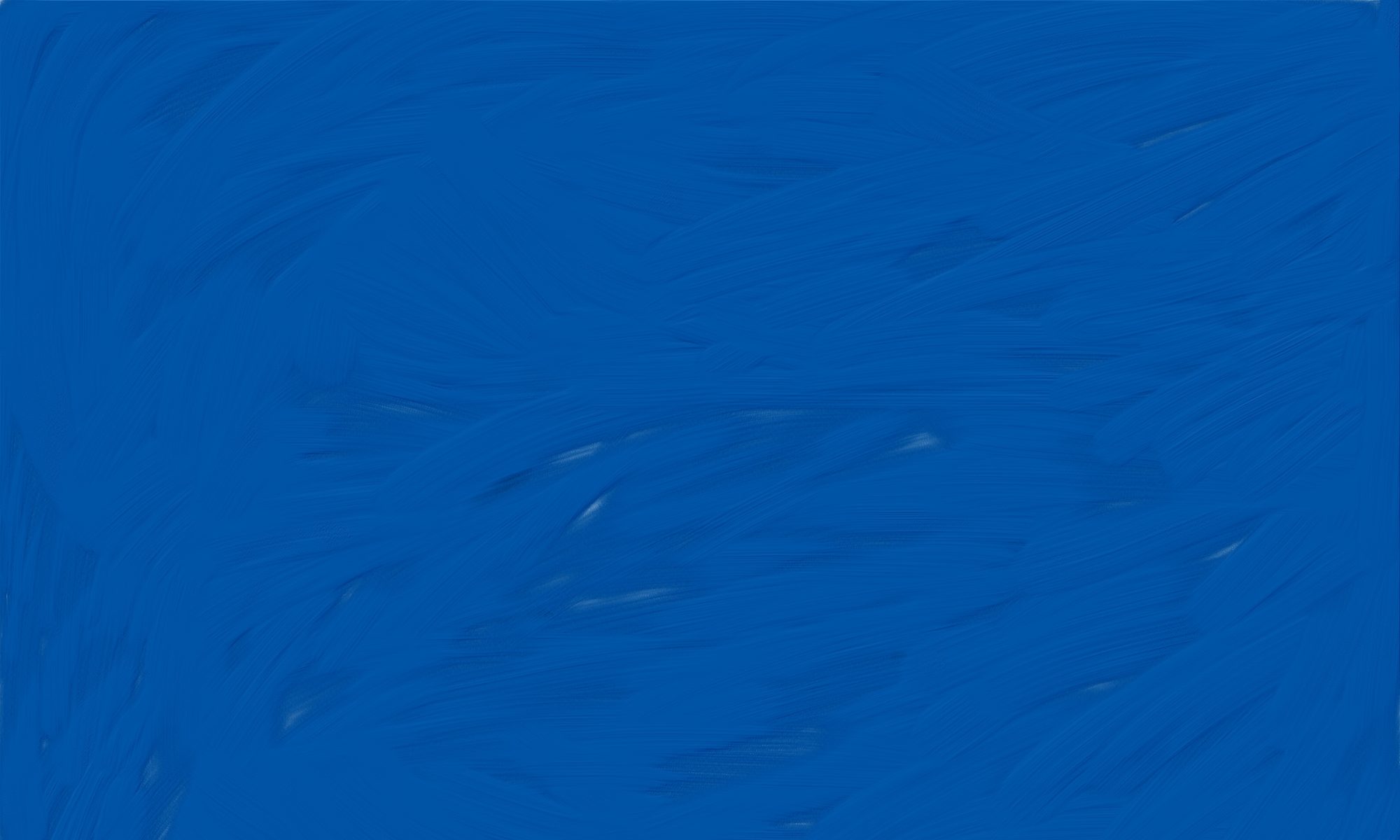“…Surrealism seeks, at least in some sense, to revisit childhood but is aware that it can never “be’ childhood” (Hateley, 2009, p.331)
[This quote comes from an article exploring the work of Anthony Browne and asking pertinent questions about the motivation for his references to the work of Magritte, and whether or not Browne has appropriated Magritte’s work. Hateley argues that it isn’t appropriate that the work of a known activist with Communist leanings be used for capital gain or recognition.]
Surrealism is a great way to enhance children’s illustration and is dependent on the age and emotional state of the viewer. This is great for creating an otherworldly quality which is difficult to put into words. As I’m looking at narrative that is carried along primarily by visuals, it would be careless of me not to consider the impact of surrealism on the pictures I make.
I don’t want to travel down the same path as Browne and make actual references to canonical work within my own, I don’t see the benefit of doing this and feel it would take something away rather than adding value. I’m not trying to educate others on the history of Surrealism or any one particular artist, just draw upon the style.
As a way to tap into childlike memories and fears, I find surrealism to be a source of inspiration and solutions to illustrative problems within a set space. A single spread to accompany a folk tale or poem would be less effective without some surreal elements. Blending elements together and having images flow in and out of each other is particularly effective for more emotive work where cartoon styles would appear glib.

Anthony Browne manages to pack a lot of symbolism into his work, along with the surreal references. This spread highlights how he uses colour and recall to disguise small elements within the spread that the viewer can seek out should they choose to spend time really looking at what’s on the page. Once you spot one of the elements blended in with the background, your eyes start to dart around looking for more. The limited palette that Browne has used in Into The Forest works well to keep the secrets on the page by pulling our focus to the boy’s red coat. Requiring some effort by the viewer to start piecing things together and making connections to knowledge they’ve already gathered. If they don’t possess that knowledge, then the spread is laden with points for conversation: a spinning wheel, a pumpkin, a shoe, a cat, blackbirds, a tower.
This use of colour as a signifier of something being amiss is used to great effect by Suzy Lee, particularly in her wordless narrative work. Where Browne uses colour against black and white backgrounds, Lee uses the same contrasts but to add a dimension of fantasy worlds meeting reality. Still a meeting of dual narrative pathways, but Browne uses symbols literally and visually. Lee draws upon knowledge that the viewer already has about folk tales and literary works alike.

Going back to the quote, these symbols of childhood are a way to achieve a richness within the illustrations of a book that makes a child want to revisit a story time and again, and for that story to retain a ‘specialness’ that is unique to that reader. We each have a version of childhood within our minds and while those are all different, the overlaps all contain an essence of something that, whilst it isn’t childhood itself, we can relate to. This isn’t necessarily age related, I think it has more of a connection with nostalgia and also, for children themselves, a peek through the keyhole at an idyllic, fantasy picture of a different version of childhood.
HATELEY, E. (2009). ‘Magritte and Cultural Capital: The Surreal World of Anthony Browne’. The Lion and the Unicorn. 33, (3). p. 324-348.
LEE, S. (2016). ‘Suzy Lee’s Adventures in Picture book Land’. Bookbird, 54 (4) .p. 17.

Surrealism is one of the things I have been looking at in my Reflective Blog. It definitely influenced me as a kid. Surrealist elements predate the art and literature movement – which as you point out, had a political undercurrent. I am thinking of all the oddness of Grimm’s fairy-tales, Old English literature, Viking lore… What’s more, this relatively early literature was pivotal to the development of language in a wider sense. For example, the Brothers Grimm helped consolidate the German language from the many languages and dialects that existed in the country prior to their time. They gathered these stories together from an oral tradition and wrote them all down. I think that this is very significant – taking something that exists purely at folk level, giving it a new form, and bringing it into a new sphere of influence.